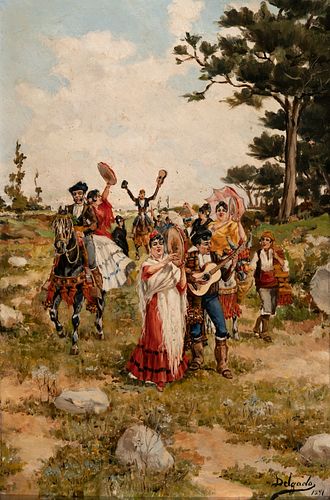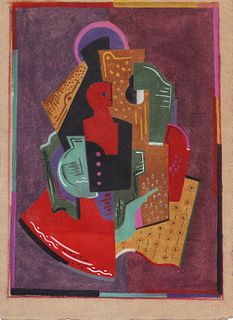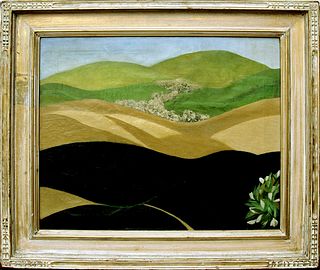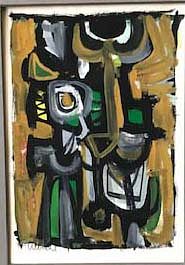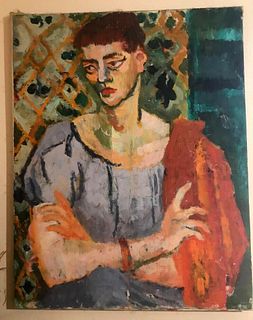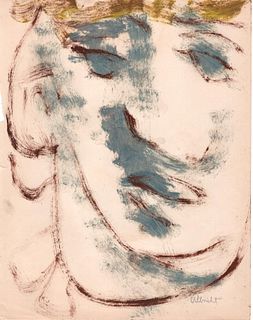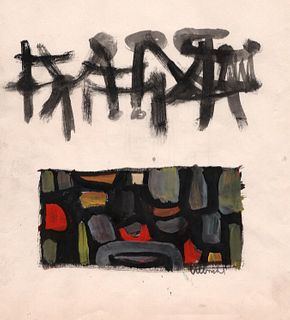Andalusian School; XIX century. "Pilgrimage", 1891. Oil on panel.
Lot 6
About Seller
Setdart Auction House
Carrer Aragó 346
Barcelona
Spain
Setdart Subastas was born in 2004 and is currently the first online art auction in Spain with solidity, prestige and reliability guaranteed by our more than 60,000 users. Setdart has a young, dynamic and enterprising team ready to successfully manage the purchase and sale of art works through custom...Read more
Estimate:
EUR€700 - EUR€800
$752.69 - $860.22
Absentee vs Live bid
Two ways to bid:
- Leave a max absentee bid and the platform will bid on your behalf up to your maximum bid during the live auction.
- Bid live during the auction and your bids will be submitted real-time to the auctioneer.
Bid Increments
| Price | Bid Increment |
|---|---|
| EUR€0 | EUR€10 |
| EUR€200 | EUR€25 |
| EUR€500 | EUR€50 |
| EUR€1,000 | EUR€100 |
| EUR€3,000 | EUR€200 |
| EUR€5,000 | EUR€500 |
| EUR€10,000 | EUR€1,000 |
| EUR€20,000 | EUR€2,000 |
| EUR€50,000 | EUR€5,000 |
About Auction
By Setdart Auction House
Nov 10, 2021
Set Reminder
2021-11-10 08:00:00
2021-11-10 08:00:00
America/New_York
Bidsquare
Bidsquare : 19th & 20th Century paintings and Decorative Arts
https://www.bidsquare.com/auctions/setdart-auction-house/19th-20th-century-paintings-and-decorative-arts-7800
Setdart Auction House sofia@setdart.com
Setdart Auction House sofia@setdart.com
- Lot Description
Andalusian School; XIX century. "Pilgrimage", 1891. Oil on panel. Signed and dated in the lower right corner. Measurements: 35.5 x 23.5 cm; 67 x 55 cm (frame). Scene of pilgrimage in which the author presents a heterogeneous group composed of men, women and also animals. Each of the protagonists of the scene is individualized in the action they perform, although not so much in the physiognomy. The characters celebrate a party by playing tambourines with their mouths open as if they were singing, and from their gestures it seems that they are moving forward, the place occupied by the spectator. Regarding the technique, there is no doubt that the artist knows the precepts developed by the impressionist movement, since he makes use of the open air representation and a quick brushstroke, sketchy in many cases, although it is true that he does not abandon the preciousness, so fashionable in the Spain of the nineteenth century. Within the framework of the rise of regionalism in Spain in the second half of the 19th century, an art of romantic heritage, costumbrista and realistic and meticulous workmanship was developed, which focused on the representation of issues, themes and characters that reflect a new sense of folklore. In this context, the painters sought to reflect the types and customs of their own land, which made it different and unique, thus vindicating their own roots and, above all, the traditions and ways of dressing and behaving that were threatened by the notable growth of urban areas and the imposition of new fashions brought from outside. Art, fundamentally in its pictorial aspect, thus became in a certain way a vehicle of expression capable of making regional peculiarities known to the rest of the nation. The relationship between oil painting and one of the most important pictorial currents of 19th century Spain, Costumbrismo, is clear, specifically the Andalusian current, characterized by a more vivid coloring than that of Madrid, and a different theme (it usually prefers to show traditional popular types of this area, with a clear predilection for bandits, following the taste for the "exotic" that Europeans who came to Spain had or knew this theme through stories and news, often idealized and with a certain "romantic" sense).
- Shipping Info
-
In-house shipping available. Please inquire at admin@setdart.com.
-
- Buyer's Premium



 EUR
EUR CAD
CAD AUD
AUD GBP
GBP MXN
MXN HKD
HKD CNY
CNY MYR
MYR SEK
SEK SGD
SGD CHF
CHF THB
THB